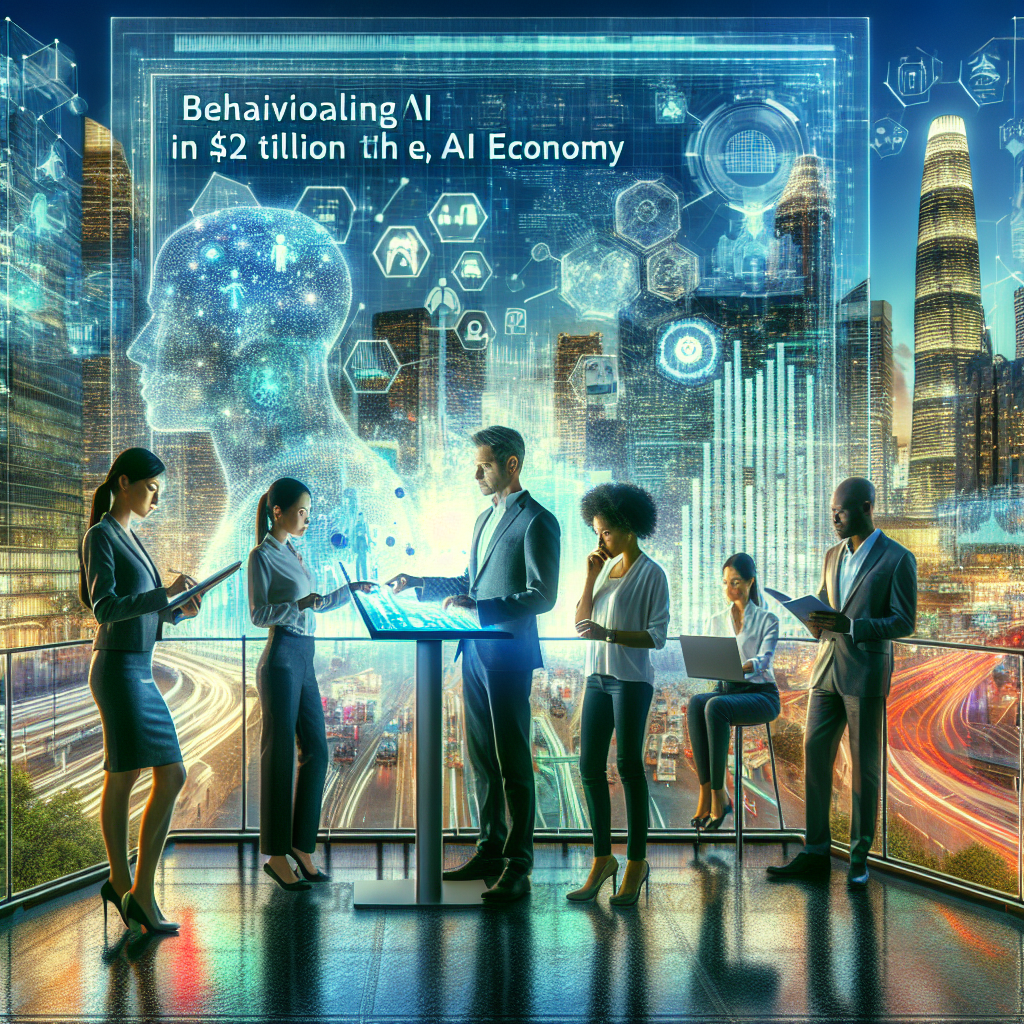Behavioural AI: The Missing Piece in the $2 Trillion AI Economy
In the vast landscape of artificial intelligence, one particular branch is garnering significant attention from companies worldwide: behavioural AI. This innovative technology holds the promise of not only predicting but also influencing human decisions, paving the way for unparalleled business outcomes. As companies continue to invest in behavioural AI, it is becoming increasingly evident that this could be the missing piece in the $2 trillion AI economy.
At its core, behavioural AI aims to understand and anticipate how humans behave in various situations. By analyzing vast amounts of data, including user interactions, preferences, and past choices, behavioural AI algorithms can decipher patterns and make remarkably accurate predictions. For businesses, this capability is a game-changer. Imagine being able to forecast consumer trends, optimize marketing strategies, or even personalize product recommendations with a level of precision never seen before.
One industry where behavioural AI is making waves is e-commerce. Online retailers are leveraging this technology to create personalized shopping experiences for customers. By analyzing browsing history, purchase patterns, and even mouse movements, behavioural AI can tailor product suggestions to individual users, increasing the likelihood of making a sale. This hyper-personalization not only drives revenue but also enhances customer satisfaction and loyalty.
Beyond e-commerce, behavioural AI is also revolutionizing the healthcare sector. From predicting patient outcomes to optimizing treatment plans, this technology has the potential to save lives and improve the overall quality of care. By analyzing patient data, including medical records, genetic information, and lifestyle habits, behavioural AI can assist healthcare providers in making more informed decisions, leading to better health outcomes.
In the financial industry, behavioural AI is being used to detect fraudulent activities and manage risks effectively. By analyzing transaction patterns and user behavior, this technology can flag suspicious activities in real-time, preventing potential financial losses. Moreover, behavioural AI can help financial institutions understand customer preferences and offer tailored financial products and services, ultimately driving customer engagement and loyalty.
The potential applications of behavioural AI are vast and extend to virtually every sector, from marketing and retail to healthcare, finance, and beyond. As companies continue to invest in this transformative technology, the $2 trillion AI economy is poised to witness exponential growth. The ability to predict and influence human behavior opens up a world of possibilities for businesses, enabling them to stay ahead of the competition and meet the evolving needs of consumers.
In conclusion, behavioural AI is not just a buzzword; it is a powerful tool that has the potential to reshape the business landscape as we know it. By harnessing the insights provided by behavioural AI, companies can unlock new opportunities, drive innovation, and achieve unprecedented success. As we move forward in the era of artificial intelligence, one thing is clear: behavioural AI could indeed be the missing piece in the $2 trillion AI economy.
behavioural AI, AI economy, business outcomes, predictive analytics, personalized experiences












